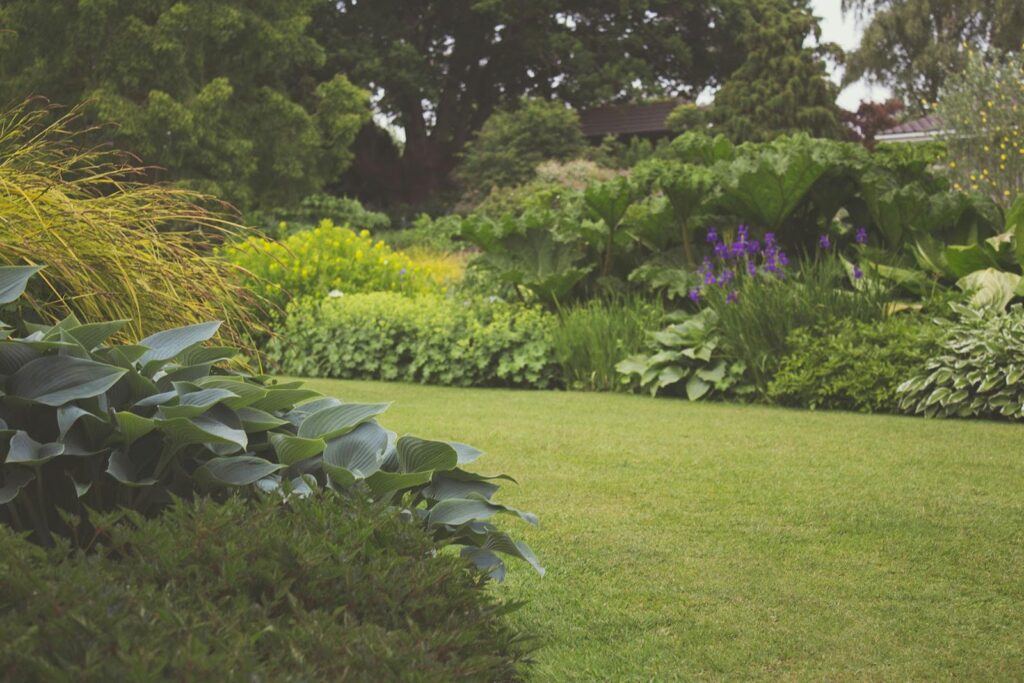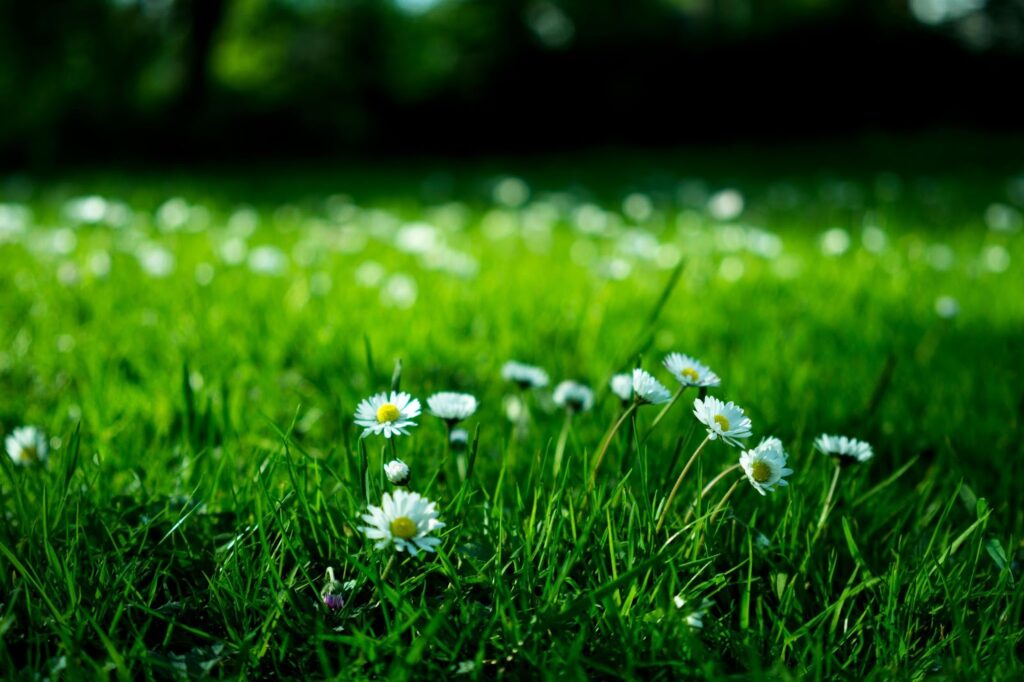A well-maintained, carefully created garden can be a huge asset for you and your family, both in terms of how it can offer a wholly unique space to spend time in and how it improves the resale value of your home.
That said, getting things how you want them can be a major undertaking. Many homeowners arrive at their new property and find the garden to be in bad condition, and once they look into all that’s involved in getting things up to scratch, they become demotivated.
As is the case with anything, taking things one step at a time and being organized is essential, so in this article, you’ll learn about 15 of the most important elements to consider as you embark on your renovation journey!
1. Setting Your Goals
Naturally, the first thing to do as you endeavor to drastically improve your garden is to decide what you want in the first place. There are endless possibilities regarding how you can set things up, so it’s important that you spend a lot of time piecing ideas together so that you have a selection to choose from. From there, you can whittle down to a final choice.
Websites like Pinterest can offer inspiration, but you can start by considering a few basic use cases: Do you want to grow vegetables in your garden? Will you be entertaining guests? Do have children and need to prioritize space for them? These are the sorts of questions you should be asking yourself.
2. Determining a Realistic Budget
Of course, ideas are one thing, but determining whether or not you can bring those ideas to fruition requires a careful analysis of your budget.
Given the possible scope, costs can vary wildly; on paper or via a Word document, break down each element of your final idea to see where most of the expense is going. Be sure to leave no stone unturned – include projected costs for labor, materials, any tools you’ll need, and so on.
After you have a rough idea, it’s a good bet to get some quotes from relevant tradespeople. Even if you plan to do most of the work yourself, getting advice from professionals is always worth it.
3. Evaluating Your Soil
Whether you’re laying a new lawn, arranging new flower beds, planting bulbs, or whatever else, you’ll need to first ensure your soil is in good enough condition for use. You can test critical aspects of your soil by using a simple soil meter: these test the moisture, pH levels (which should be between 6 and 7), nutrient density, and more, and they’ll usually come with directions for what you should be looking for so far as an ideal soil composition.
4. Revitalizing Your Lawn
When it comes to creating the perfect garden from the ground up, one of the most important aspects is the lawn. Your lawn sets the stage for everything else: you can have great-looking trees and flowers, but poor grass quality will diminish the overall look considerably.
There’s a lot involved with improving your lawn, but you should start with the compost. Choose a high-quality product such as CarbonizPN-G biostimulant: these sorts of composts contain biochar that helps your soil retain moisture and nutrients over the long term.
5. Hardscaping Features
It’s not all about greenery and plant life. Hardscaping features – aspects like pathways and patios – will usually form a core element of your overall plan. They can also quite literally pave the way when you’re stuck on how to design other portions, too, revealing visual solutions such as where to place plants and other features like decking.

6. Planning for Seasonal Changes
Seasonal changes are one of the biggest factors as to how your garden evolves throughout the year, so it’s important to consider each component and how it may be affected from spring through to winter. If you want a garden that requires minimal effort, it’s best to try to choose plants that look great year-round: here’s a useful article you can use to aid your decision regarding what to purchase.
7. The importance of Choosing Native Plants
As you start to choose your plants, it’s key to go for ones that are naturally adapted to grow in your local climate – otherwise, you’ll be facing an uphill battle.
Aspects such as fertilization and watering will be reduced if you choose native plants, and it’s the best way to ensure your garden remains brimming with natural wildlife all year round (native insects like native plants – who would’ve thought!)
One of the most enjoyable aspects of creating a great garden is the biodiversity it promotes, and choosing the right plants for where you live is a big part of that.
8. On Zoning
Especially so if you have a large garden, utilizing zoning can be a great way to add variety to the space. By planning things out with zoning in mind, you can create unique areas for different purposes, such as having one area for dining and another for sunbathing, or perhaps an entire play area for the children and another zone specifically tailored for relaxation.
There are numerous possibilities for how you can set things out: here are some great ideas from Pinterest to get you started!
9. Why Lighting Matters
Far too few people pay attention to lighting when it comes to designing their gardens. A garden is primarily used during the daytime, right? So why spend the extra cash?
Sure, you could skip out on one of the most pleasant times to use your new space (the evening), or you could plan accordingly and get far more out of your garden.
Gardens are fantastic for hosting evening meals, campfire nights, or simply for relaxing and stargazing. To light up your space in the evening, go outside at night and see what your primary points of illumination would need to be: start with central features like decking and seating areas, and work from there.
10. Consider the Wildlife That Will Visit
This topic was already touched on in number seven, but it deserves its own section.
As you start to populate your garden with new plants, it’s essential to consider the wildlife and pollinators that will be visiting. Use bird tables, nectar-rich flowers, and even a pond – the more you can do to invite wildlife, the better.

11. Choosing Garden Furniture
While a well-maintained lawn goes a long way, it’s a good idea to have proper places to sit. Garden furniture comes in a great many varieties, and what you choose is really up to you and dependent on your overarching plan.
That said, you’ll certainly want to ensure any furniture you choose is both hard-wearing and water-resistant: these pieces are going to be subject to the elements, so it pays to spend a bit more money here so you don’t have to buy twice.
12. On Vertical Gardening
Vertical gardening is another tool you should be made aware of. If you have a small garden and don’t have a lot to work with, it pays to look up! Use grow climbers, hanging baskets, and wall planters to maximize your garden’s potential in the areas discussed in each section of this article.
Vertical elements are also a great way of adding unique visual aspects to your natural displays, so even if you don’t technically need it, think about using verticality anyway.
13. Understanding Your Garden’s Microclimate
Your garden’s ‘microclimate’ refers to the various elements that come together to form a natural environment, which could comprise sunnier and more shaded areas, the biodiversity of a pond or water feature if you have one, how the wind circulates the space, and so on.
Observe your garden and make some notes on each of these elements: the data you gain will help you decide where to place things for the best effect, and also how to avoid your plants getting damaged.
14. Planning for Water Management
All gardens, big or small, can benefit greatly from water management systems. This can range from simple rain collection systems to save on water to fully automated sprinkler machines. Water is naturally a key component to a well-functioning garden, so don’t simply buy a watering can and a hose and have done with it – think outside the box!
15. Wrapping Up: Future Maintenance
Finally, there’s the topic of ongoing maintenance. None of the aspects discussed above offer ‘one-and-done’ solutions; a garden is something you have to spend a lot of time keeping up with, and the more spectacular it looks, the more work it brings. Make sure you keep on top of your supplies so that your plants have everything they need, and go around and inspect the space to see how things are doing every few days: It can be ideal to create a hard checklist that you simply take with you into the garden every week (you could even hire a gardener if you don’t have a lot of time).
Creating and maintaining a garden is a truly rewarding process, and something you and your family will come to cherish. It may be a lot of work in the beginning, but it’ll be more than worth it in the end.

